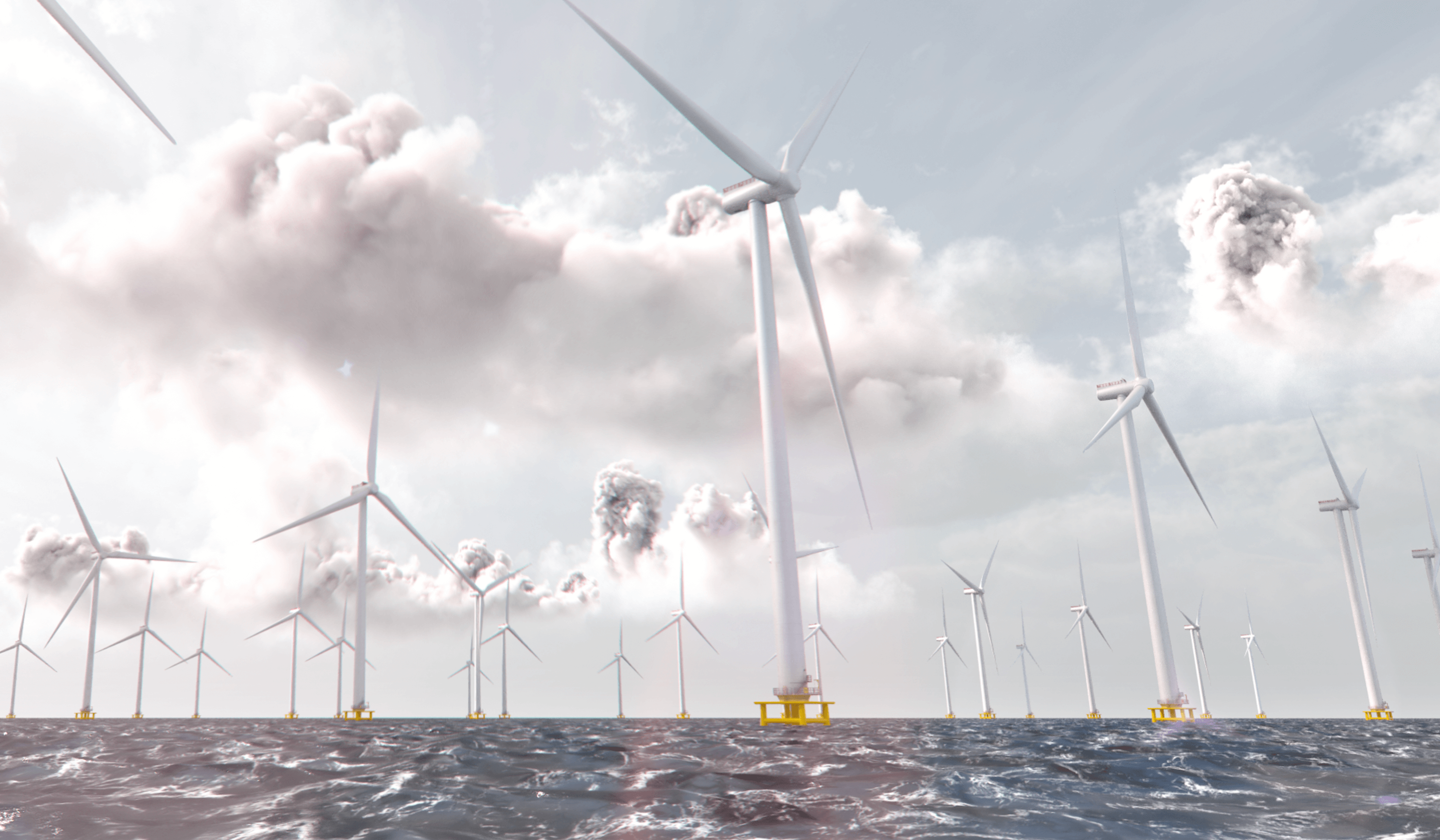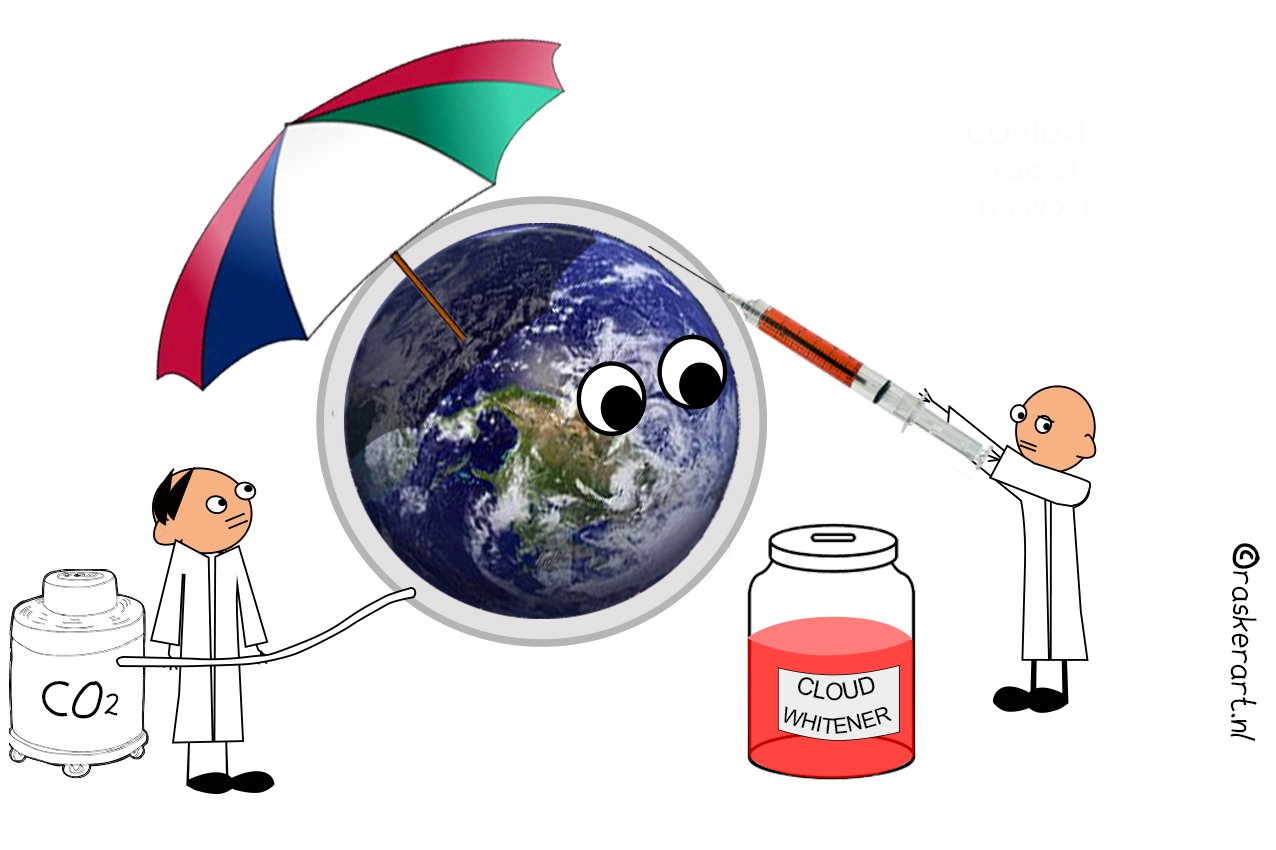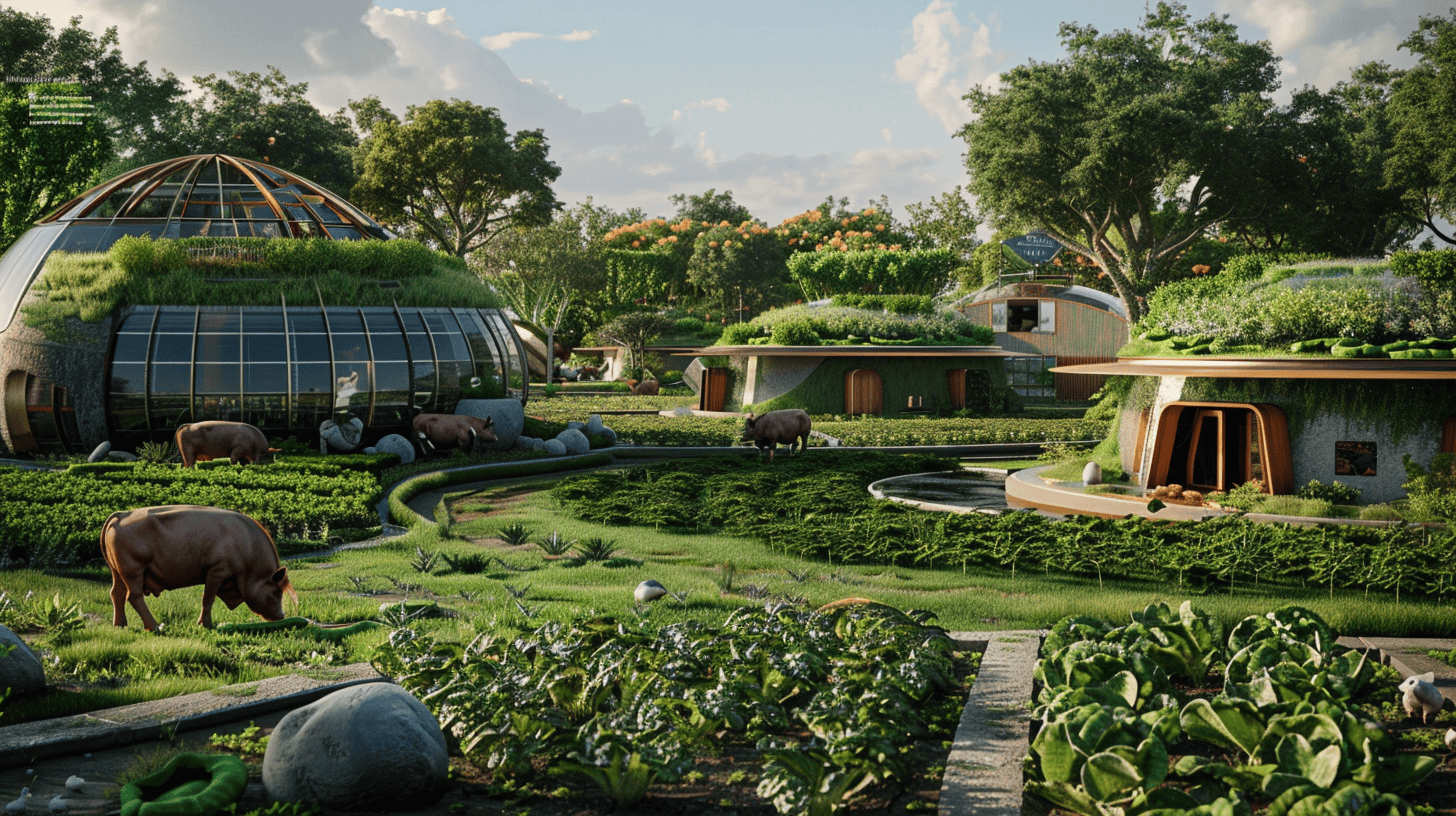
The Dutch NGO The Global Irrigation Project (TGIP) revealed today a highly innovative concept where wind turbines, already used worldwide for sustainable energy generation, create clouds by vaporizing seawater. The organization ambition is to end global warming, by creating clouds and transforming the deserted area into fertile soil, so The Global Irrigation Project in a press release.
Initiator and Dutch entrepreneur Pieter Hannessen is convinced that these rotating cloud makers can solve international crises, such as global warming, water scarcity, and food shortages on a large scale: “Thanks to our technology, we are able to meet the growing needs of energy and freshwater. Wind turbines along the Sahara coastline can produce green energy and create clouds on a large scale. In this way we are able to cool the planet and create extra living space for the growing population.”
Technical innovation
The water sector is under pressure globally and according to a report by the World Resources Institute (WRI), 37 countries are experiencing an extreme level of water scarcity. The KWR Water Research Institute also warns that the Netherlands will experience problems with this in the future. Currently, groundwater is being extracted from the soil for agriculture and industry on an unimaginably large scale, which is not sustainable.
In 2019 the initiator of TGIP, Pieter Hannesen, was in Johannesburg (South Africa), where he saw with his own eyes that the increasing water shortages can only be solved on a large scale. Since then, he has been working behind the scenes with a team of academics and engineers on a concept in which thousands, if not millions, of wind turbines, will create clouds and renewable energy.
By strategically placing thousands of modified wind turbines on offshore locations close by so-called b-climates, seawater can be selectively vaporized into the atmosphere. This leads to a sun-blocking cloud deck, from which the water will eventually come down as precipitation. Deserted areas can be transformed into ground suitable for vegetation and agriculture, where populations can propagate.
Clouds
“Creating clouds is twofold. With the cloud cover, sunlight will be blocked and hence cools the earth’s surface. In addition, the clouds drift to dry areas, where rainfall enables vegetation to grow; groundwater level rises, lakes appear and vegetation can prosper. According to initial calculations, our technology could even make agriculture possible in the Sahara!”, according to Pieter Hannessen.

According to professor of atmospheric research prof.dr.ir. Russchenberg, creating clouds is a promising solution to combat global warming: “Reflecting sunlight helps cool the earth, and clouds do this naturally. By introducing more dust particles into the atmosphere, we obtain more water droplets. More cloud droplets leads to more reflection of sunlight, and more reflection of sunlight leads to a cooler earth.” Foreign researchers, such as John Latham[2], have also investigated the effects of this so-called geo-engineering and confirmed the potential of clouds as the answer to the climate crisis.
The initiative launched today with a concept film that outlines the future with The Global Irrigation Project, through futuristic wind farms, agricultural robots and surreal desert landscapes. In the coming period, The Global Irrigation Project, in collaboration with its partners, hopes to carry out the first tests and measurements.
Selected for you!
Innovation Origins is the European platform for innovation news. In addition to the many reports from our own editors in 15 European countries, we select the most important press releases from reliable sources. This way you can stay up to date on what is happening in the world of innovation. Are you or do you know an organization that should not be missing from our list of selected sources? Then report to our editorial team.







